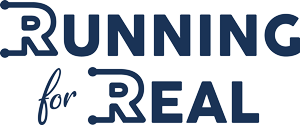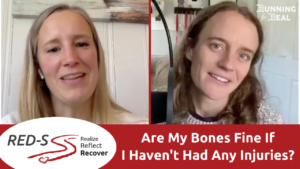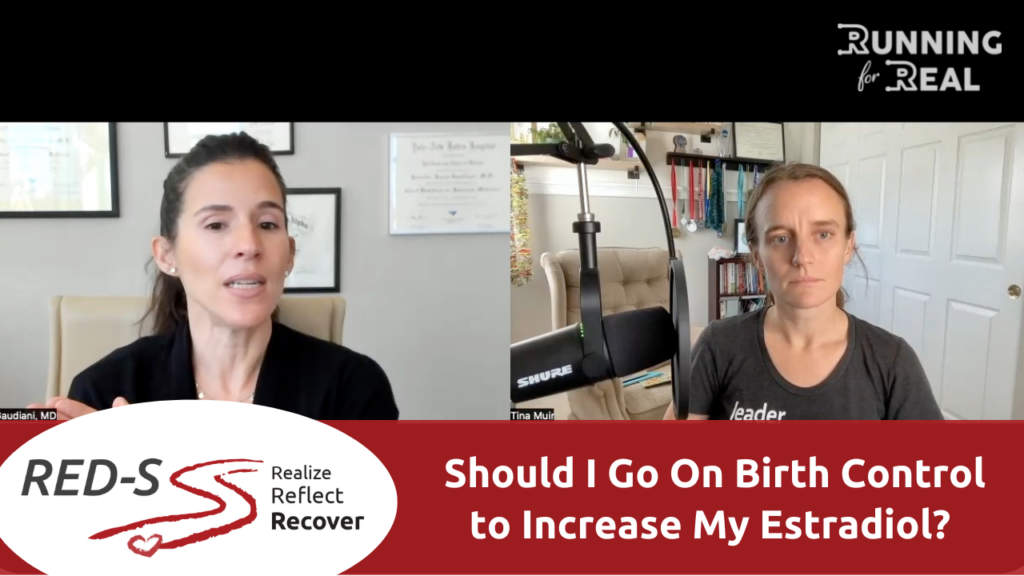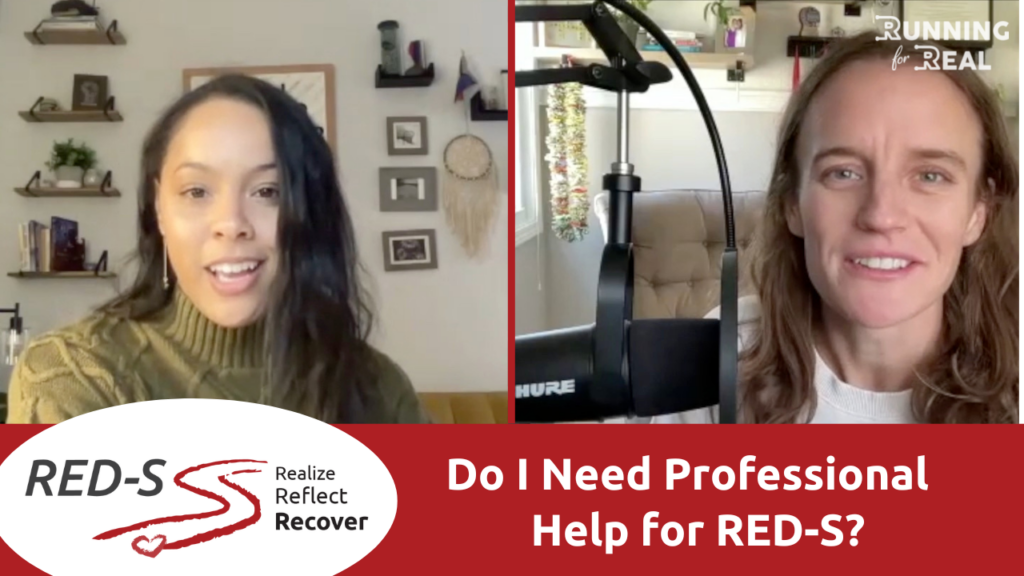What are the symptoms of RED-S / REDs? Amenorrhea (the absence of a menstrual cycle) is the most obvious one, but there are many others. Relative Energy Deficiency in Sport can also lead to osteopenia/osteoporosis, stress fractures, gastrointestinal issues, mental health challenges, and many other harmful effects.
Dr. Jennifer Gaudiani explains how our bodies have evolved to respond to under-fueling, and will help you recognize if you may be suffering from, or be at risk for, RED-S / REDs.
Read the transcript
[Tina] What are the symptoms of RED-S?
[Jen] So RED-S is a process whereby an individual inadvertently takes in too little fuel relative to what they’re trying to do with their body. Oftentimes happening in athletes, but it can happen in almost anybody. The key is that the drive primarily is not to lose weight or change one’s body shape or size. It might happen in the course of thinking that one is eating more healthfully, or more cleanly, or even in response to the actual dictates of the sport. Regardless, the individual is underfueled, and as a result the body has all of the same symptoms that anybody who is underfueling may experience.
Each individual person’s experience will be quite unique, but we can understand, broadly speaking, what happens by understanding how our brains are biologically created to respond to under nutrition. So the way that we evolved was to survive starvation, and when I say “starvation,” I mean for people in every possible body size and shape, not just for people who look visibly underweight. So the brain says, “Uh oh, I’m not getting enough food” and it changes the way our body works on a cellular level to respond and protect us from the inadequate fueling.
Among the ways that it does that are, for instance, to slow our heart rate; to slow our digestion, which can cause nausea, bloating, and early fullness, as well as constipation. It can make our hands and feet cooler, because it doesn’t want to lose heat out of our appendages, because that’s not necessary for life, and in fact, it can make our whole body chillier, so that we seek sweaters and warm cups of tea, rather than have our body burn energy to keep us nice and warm. It can change our skin and our hair, because nourishing those and keeping them glossy and pliant isn’t part of staying well, and it can certainly change the way that we think, in that a person who is undernourished becomes more strict, rule- abiding, serious, and a little paranoid, because the mammal in us knows that we’re not nourished enough and that we should be cautious and a little more fearful of our world.
So not only do all of those elements happen, but at some point for many people, our brain says, “This is clearly not a safe time to have a sex drive, to have sex, to get pregnant” or for those who menstruate, to have a period. And so It tells our brain to shut down sex hormone production, which depending on the person’s sex, will decrease testosterone or decrease estrogen and may result in those who menstruate in an absence of period, or an absence of a regular period.
So essentially, everything that could possibly happen to someone who is undernourishing for any reason happens in RED-S, and what’s key for athletes is they realize that their body isn’t as strong as it used to be. Their workouts get worse, and that may follow a period where their workouts get better. We have to be honest about that, because we know about strength-to-weight ratios. Some people’s bodies will lose weight if they undernourish and some people’s won’t, because some people’s body weights will rise in that context. Regardless, at some point an athlete will find that if they are undernourishing without any intent to lose weight, they just have less “oomph” and they will find that their performance decreases.
[Tina] Thank you so much and I just want to clarify, so those symptoms, all of those things you mentioned, it could be a variety of those. Someone could have a period and not get cold; someone could have their, you know, feel paranoia and have stomach upsets but not have it; so it can be a mix of those?
[Jen] That’s exactly right. It’s really genetically determined which of those, or which combination of those, any individual person shows. And what’s important to realize, is that you don’t need even more than one for us to know that the body doesn’t like how it’s being treated and is showing us, whether that’s in measurable ways or in unmeasurable ways.
[Tina] Thank you so much for that. That is really helpful advice and very clear. Thank you.
check it out
Recovering from RED-S is hard. It’s even harder if you’re working through it alone. Even if you have professional support, they’re not available 24-7, and that can lead to going down search engine rabbit holes that have the potential to derail everything.
Our online resource, RED-S: Realize. Reflect. Recover, will answer all those questions swimming around in your head about recovery. It will give you the opportunity to connect with the experts you’ve come to know here, and to surround yourself with a community of others who are going through it too. THANK YOU! to Athletic Greens and Tracksmith for supporting this YouTube series and RED-S: Realize. Reflect. Recover.
Go to athleticgreens.com/reds to get five free travel packs of AG1 and a free one year’s supply of vitamin D3+K2 with your subscription!
When you go to https://tracksmith.com/tina and use the code TINA15 at checkout, you’ll get free shipping and Tracksmith will donate 5% of your order to Rising Hearts, the Indigenous-led nonprofit founded by Jordan Marie Daniels.
more about Dr G:
Dr. Jennifer Gaudiani, CEDS-S, FAED, is an internist who specializes in eating disorders. She practices from a deeply anti-diet, weight-inclusive perspective and partners with therapists and dietitians around the country to ameliorate medical roadblocks in patients’ recovery journeys. Her book, “Sick Enough: A Guide to the Medical Complications of Eating Disorders,” is for patients, families, and practitioners. You can find Jen at https://gaudianiclinic.com
more you might like…




